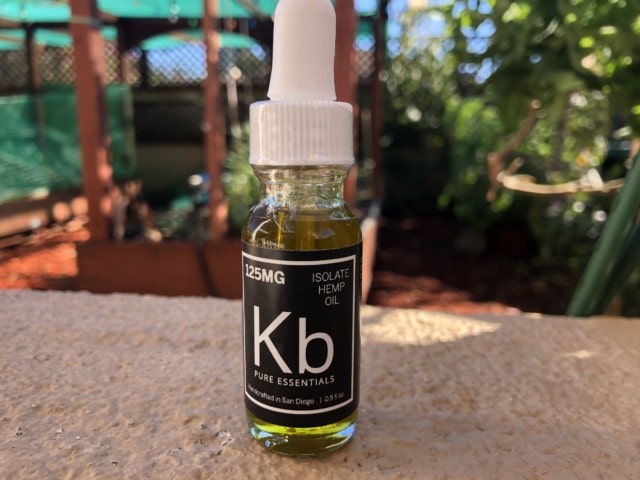CBD oil is a trend, especially since many countries have legalized its commercialization for therapeutic purposes. Despite this fashion, the use of hemp for medicinal purposes dates back to 2,300 BC, when the Chinese were already using the plant as a medicine and to produce strong and resistant fibers used in the manufacture of ropes and clothing.
The truth is that hemp has numerous valuable medicinal properties. Hence, it is becoming a trend and is being used more and more as a common remedy to treat different ailments.
History of Hemp
Hemp is a plant that grows naturally in different parts of the world, especially in tropical and mountainous regions. However, it is illegal in most parts of the world.
As we mentioned earlier, its use dates back to 2,300 BC, as shown in a classic Chinese book, the Shu King, one of the five classics of Chinese antiquity, where this plant was already used to treat various diseases such as rheumatism or menstrual pains.
Fragments of hemp fiber have been found in some Chinese burial chambers from 1000 BC, as well as other archaeological evidence indicating that its use already dates back to 10,000 BC, which proves that hemp has been used by humans since ancient times.
In India, evidence of its use has also been found for thousands of years, where it was used to make drinks that were consumed especially in different ceremonies and rituals, but it was also used as a tool for its psychoactive properties for other practices such as meditation.
With colonization and the arrival of the “New World”, hemp reached Europe and then the American continent, and today Paraguay is one of the largest producers of hemp in the world. However, in the West, it was already mentioned in the 5th century B.C. by Herodotus due to its use in saunas. In the same way, Galen and Dioscorides did it for its use in medicine and as an intoxicant.
Botanical classification of hemp
Hemp currently has three variants: Sativa, Indica, and ruderalis. These subspecies are differentiated by their morphology:
Hemp Sativa
It can reach great heights, up to more than 2 meters. They usually have few branches and their leaves are light green and narrow.
Hemp Indica
This is a smaller, bushier plant with a maximum height of between 1 and 1.3 meters. It has many branches and its leaves are dark green and wider than those of the Sativa.
Hemp Ruderalis
It is the smallest variant, barely reaching 70cm in height. Its stems are thin and its leaves are large. Unlike its sisters Sativa and Indica which bloom according to the sun exposure, the hemp ruderalis blooms according to its age.

What is cannabidiol or CBD oil?
CBD oil is scientifically known as cannabidiol oil. Cannabidiol (CBD) is one of the many chemical components (cannabinoids) found in the hemp plant and comprises approximately 40% of the extract of the plant, popularly known as hemp. Another well-known component of hemp is THC (delta-9-tetrahydrocannabinol), a psychoactive responsible for the plant’s high.
However, hemp and hemp are not the same things. They are actually two different plant varieties of the hemp Sativa plant. The difference between the two is that hemp has high levels of THC, while hemp has almost undetectable levels of TCH. However, it contains very high levels of CBD. Therefore, hemp is not a drug like a hemp so it does not get you high either.
The most common way to consume CBD as a dietary supplement is in oil, its most common form. It can also be found in vaporizers and as an ingredient of numerous cosmetics for its benefits also on the skin.
It is usually sold in a dropper and to obtain its benefits it is enough to put a few drops on the tongue a couple of times a day (between 10-20 milligrams), depending on each manufacturer.
If you want to buy quality cbd balm for pain, they suggest that you head to their page for further info.




